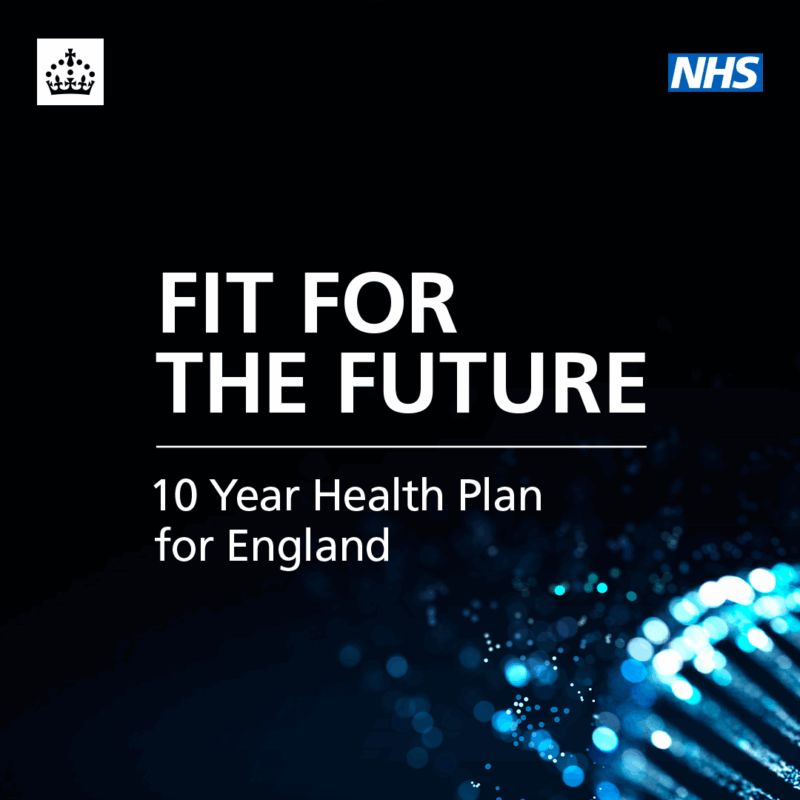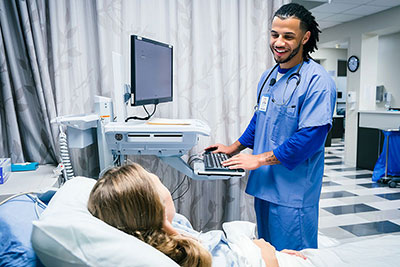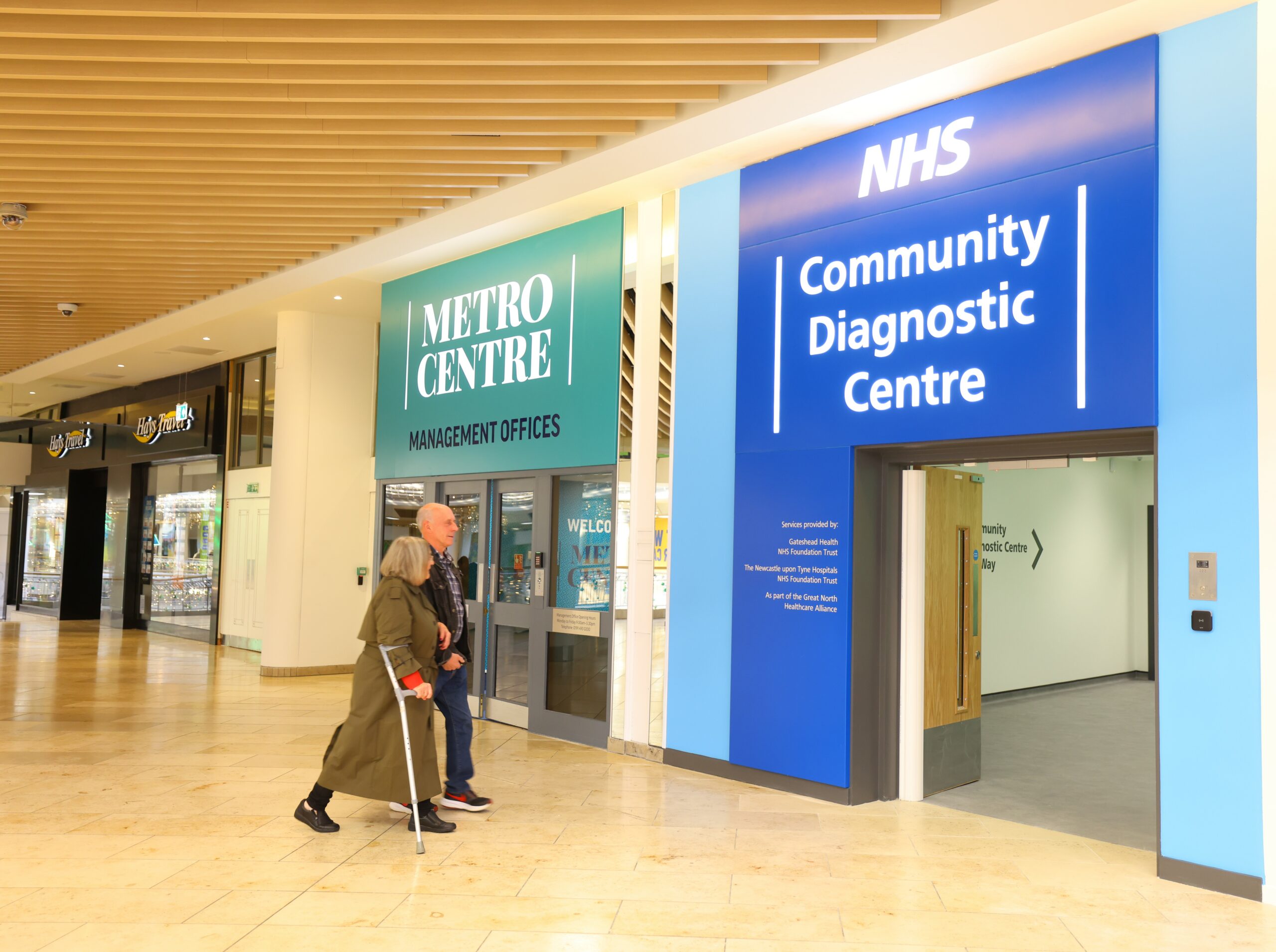We lead the NHS in England to deliver high quality services for all
If you are looking for information about health conditions and NHS services please visit NHS.uk.
My Planned Care gives you advice and support while you wait and helps you to prepare for your hospital consultation, treatment, or surgery.




